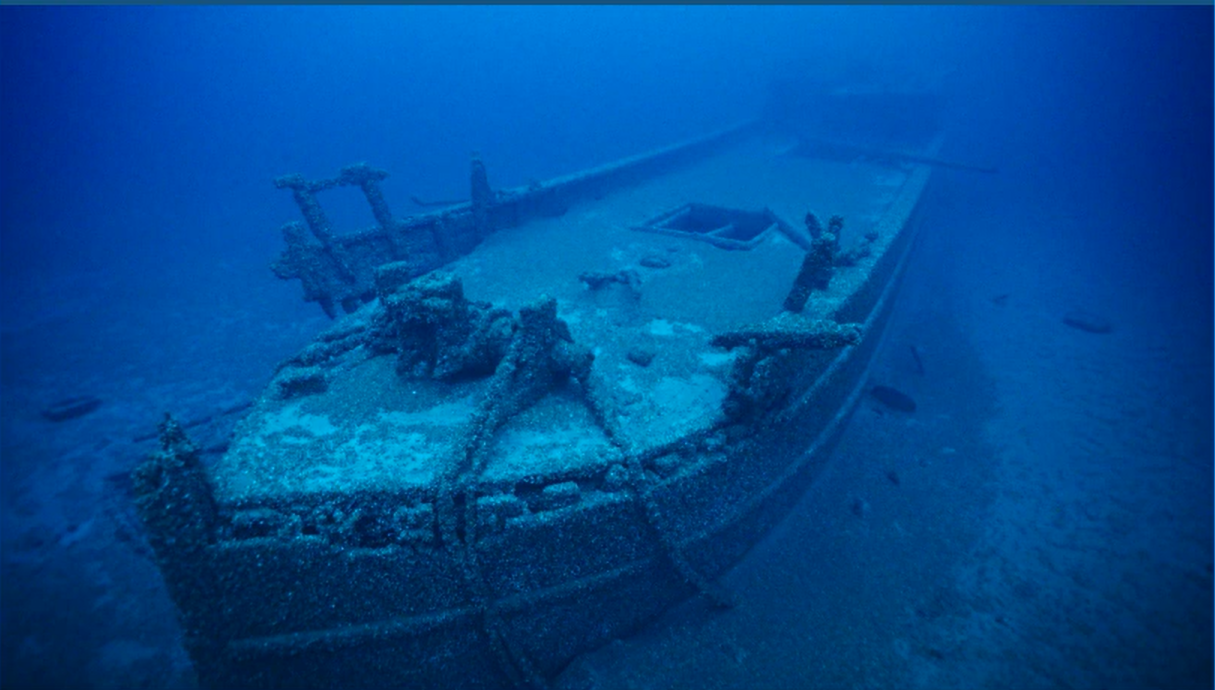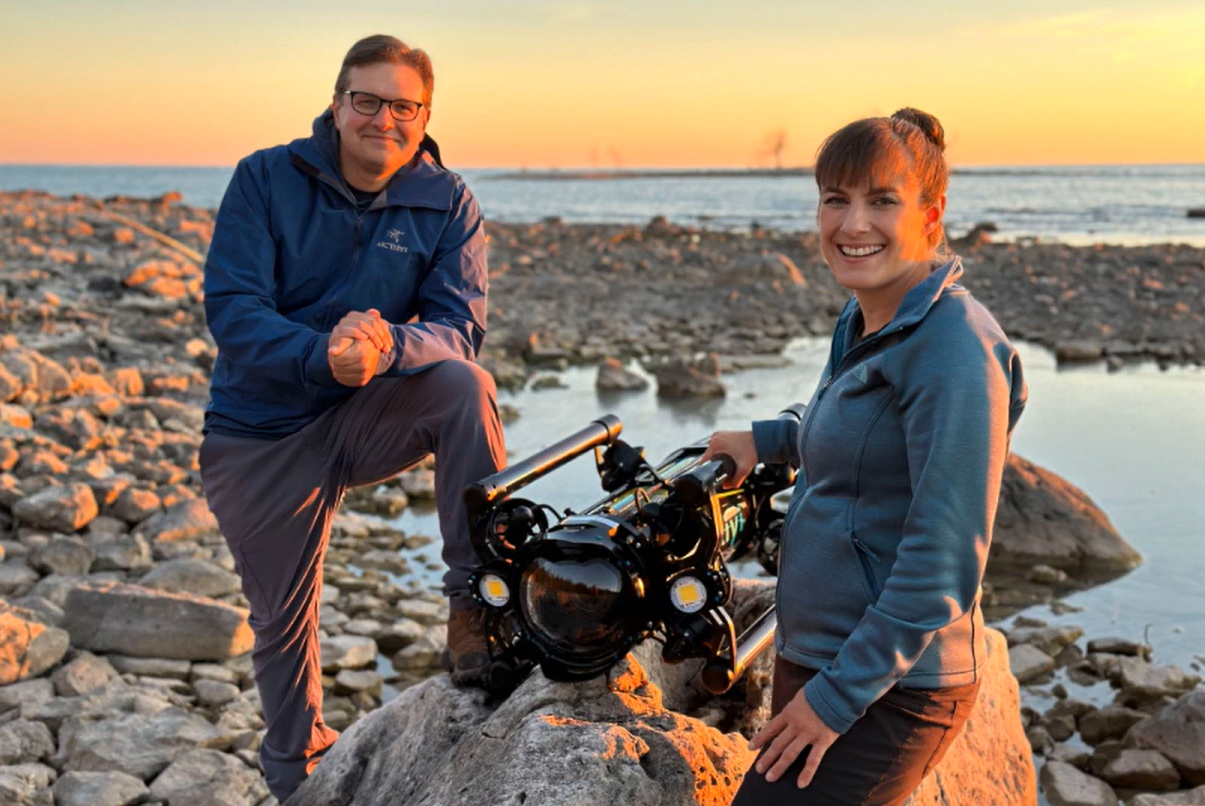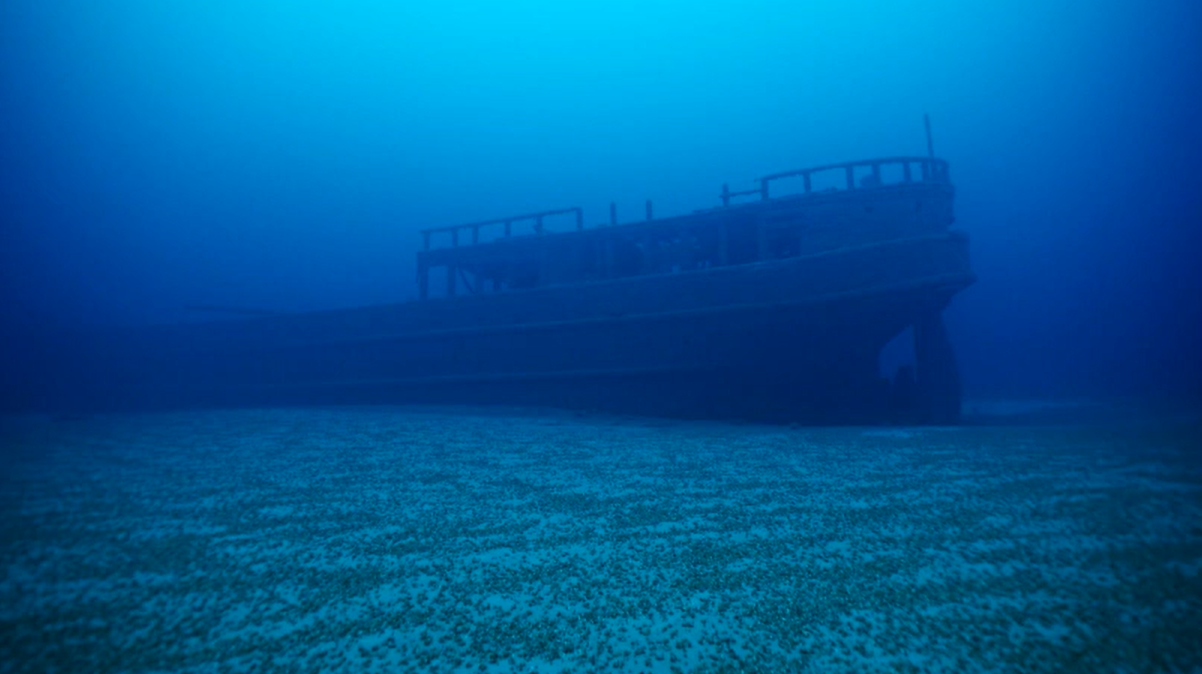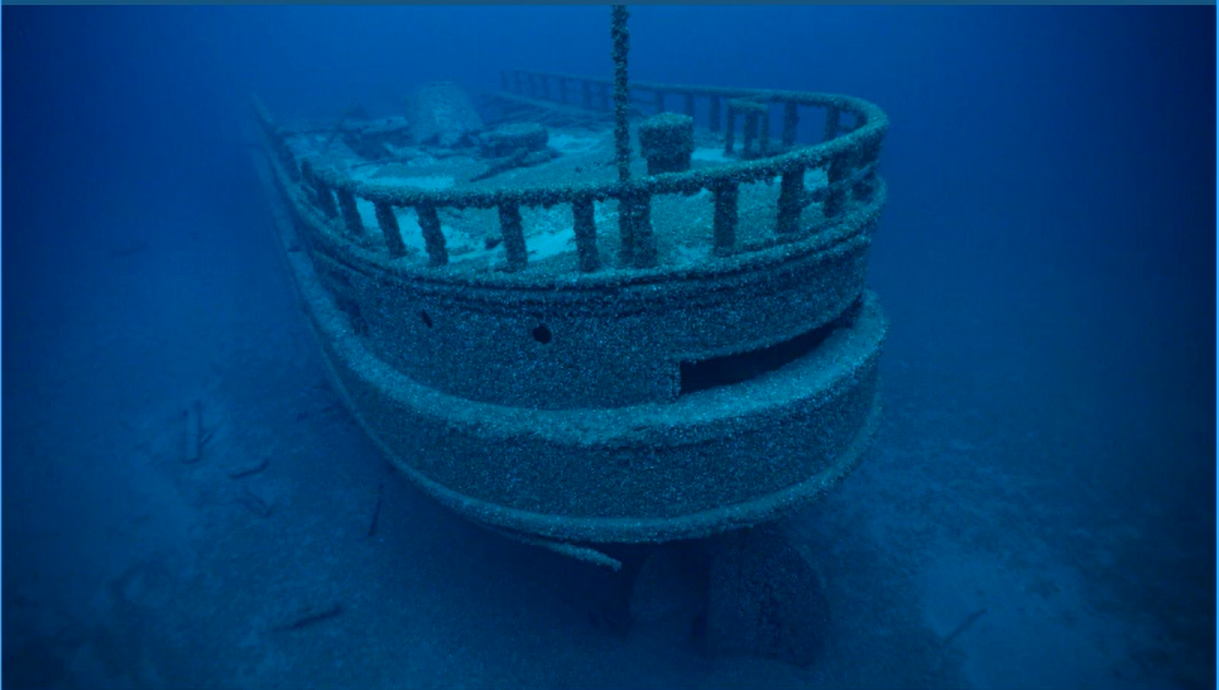Deep within the waters of Lake Huron, Ontario, lies a piece of Canadian maritime history that had eluded local historians for over a century - the wooden-hulled steamship, the Africa.
Built in 1874, this 148-foot-long vessel met its fate during a storm in 1895, disappearing with 11 crew members onboard. Thanks to the recent efforts of two local filmmakers, the mystery surrounding the 150-year-old steamship has finally been put to rest.
Yvonne Drebert and Zach Melnick of Inspired Planet Productions are seasoned documentary makers from Ontario’s Bruce Peninsula. Whilst conducting research for the film 'All Too Clear', they received a tip about an anomaly on the lakebed recently spotted during a scientific fish survey. Curious about what they might find, Drebert and Melnick headed to the site and deployed their Boxfish Luna ROV.
Yvonne
Drebert and Zach Melnick of Inspired Planet Productions with their Boxfish Luna ROV.
With 8K video capability, the Luna's camera was able to capture imagery at a range of 300ft in the lake’s clear waters, and soon after they began their survey the team were met with a remarkable view of a sunken steamship, resting at a depth of 85m.
Port-side view of the Africa, captured by Drebert and Melnick using a BoxFish Luna ROV.
As the weather began to turn, the team were forced to abort their initial survey. Using the ROV’s onboard SeaTrac USBL system, they logged the vessel’s precise location so they could continue their mission at a later date. Returning when conditions allowed, they once again launched their ROV to inspect the unidentified wreck, and using the Luna’s advanced full-frame imaging capability they captured stunning imagery of the astoundingly well-preserved steamship.

The bow and stern of the Africa steamship.
With the help of local historians and underwater archaeologists, Drebert and Melnick identified the wreck as one of three possible vessels. The entire ship was entombed in a thick layer of mussels, its name and any other identifying signage completely obscured, meaning more advanced methods were required to uncover the ship’s identity. Utilising the SeaTrac USBL system on their ROV, they took a series of precise measurements and compared this data with information about the three lost vessels. The length and width recorded by the SeaTrac was a match for just one of the ships; they were certain they had found the Africa.
With the data collected by the SeaTrac along with supportive evidence from historians, the team were able to prove the identity of the 150-year-old steamship, which is now protected as a historic site under Ontario law. This significant find adds a chapter to the Great Lakes' rich maritime history and demonstrates the crucial role of technology in underwater archaeology.
To be honest, now that we have the USBL, I can't imagine operating without it. Just knowing where the craft is is a big stress reducer. We're often operating in unfamiliar waters, and this is a critical piece of equipment for us.
SeaTrac Pinpoint software measuring tool. (Example data - not from the Africa discovery.)


